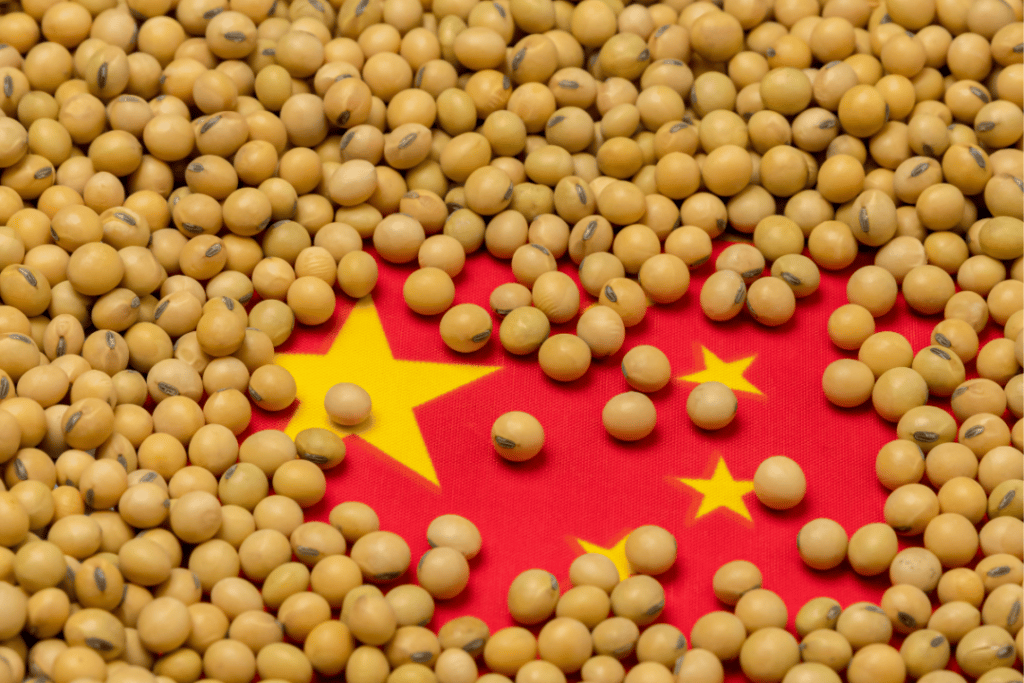
Slower economic growth, high prices and COVID-related restrictions have lowered China’s soybean import expectations for 2021-22, according to a report from the US Department of Agriculture’s Foreign Agricultural Service (FAS).
Imports are estimated at 94 million tonnes for 2021-22 and 98 million tonnes for 2022-23. While soybean meal and vegetable oil demand is expected to improve in 2022-23, higher domestic production will cut into imports, FAS said.
Soybean production for 2022-23 is forecast higher to 18.4 million tonnes on an expanded planted area that is supported by high prices and government incentives. Planted area is forecast at 9.35 million hectares, an 11% increase.
The expansion comes from farmers switching from corn, and to a lesser extent rice, to soybeans and a growth in the adoption of corn and soybean intercropping.
Total oilseeds for crushing in 2022-23 is forecast at 131.7 million tonnes, up from an estimated 127.5 million tonnes in 2021-22. Demand recovery is expected for protein meals in the feed sector. Soybean meal consumption accounts for about 76% of total protein meals for feed use.
“Additionally, higher vegetable oil prices, greater soybean food use consumption, and lower availability of sunflower seed meal in 2022-23, is expected to increase demand for soybeans for crushing,” FAS said.
Vegetable oil for food use is forecast to rise 6.2% in 2022-23, to 35.9 million tonnes. According to the National Bureau of Statistics (NBS), total sales of grain, vegetable oils and food in the first five months of 2022 were up 10% from the previous year. However, due to COVID-related restrictions in several provinces and municipalities, food service revenue in the first four months of 2022 declined 5.1% year-on-year, dropping 22.7% in April, which was the peak of the Shanghai region lockdown.
Food sector vegetable oil consumption has dropped as ongoing COVID-related restrictions have led to postponement or cancellation of most conference, seminars, banquets and other activities that draw large crowds.
